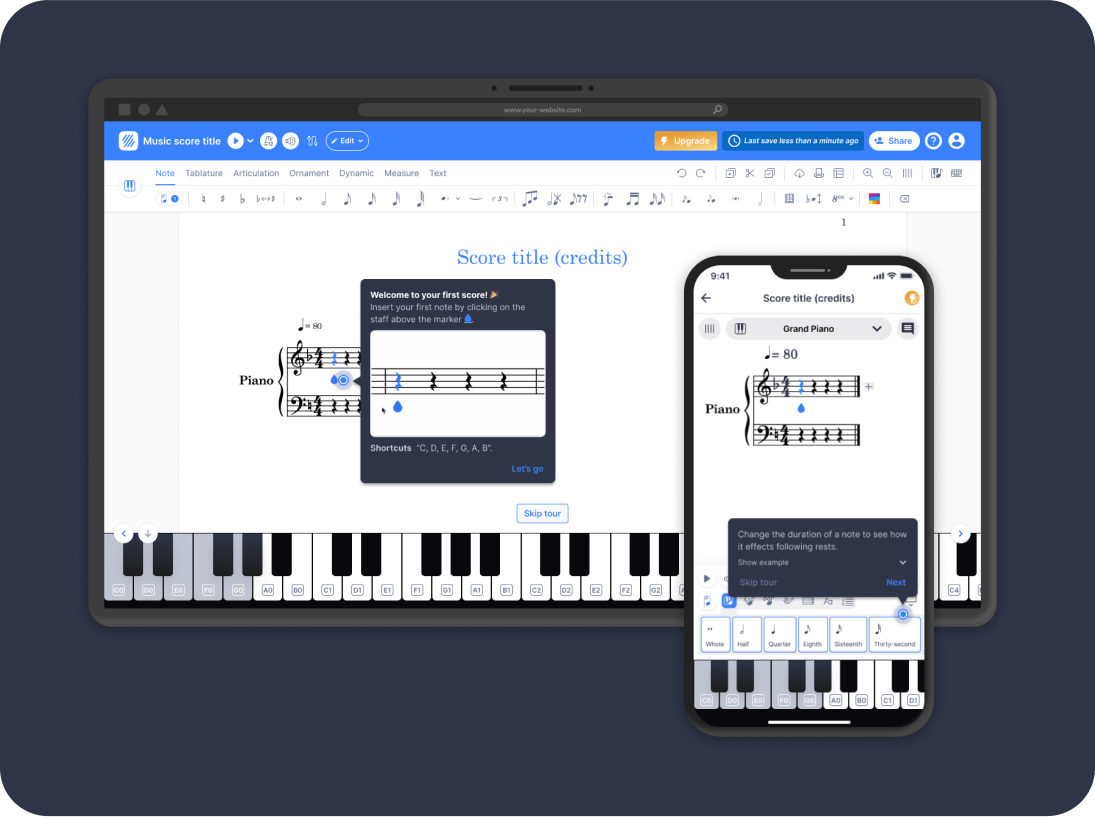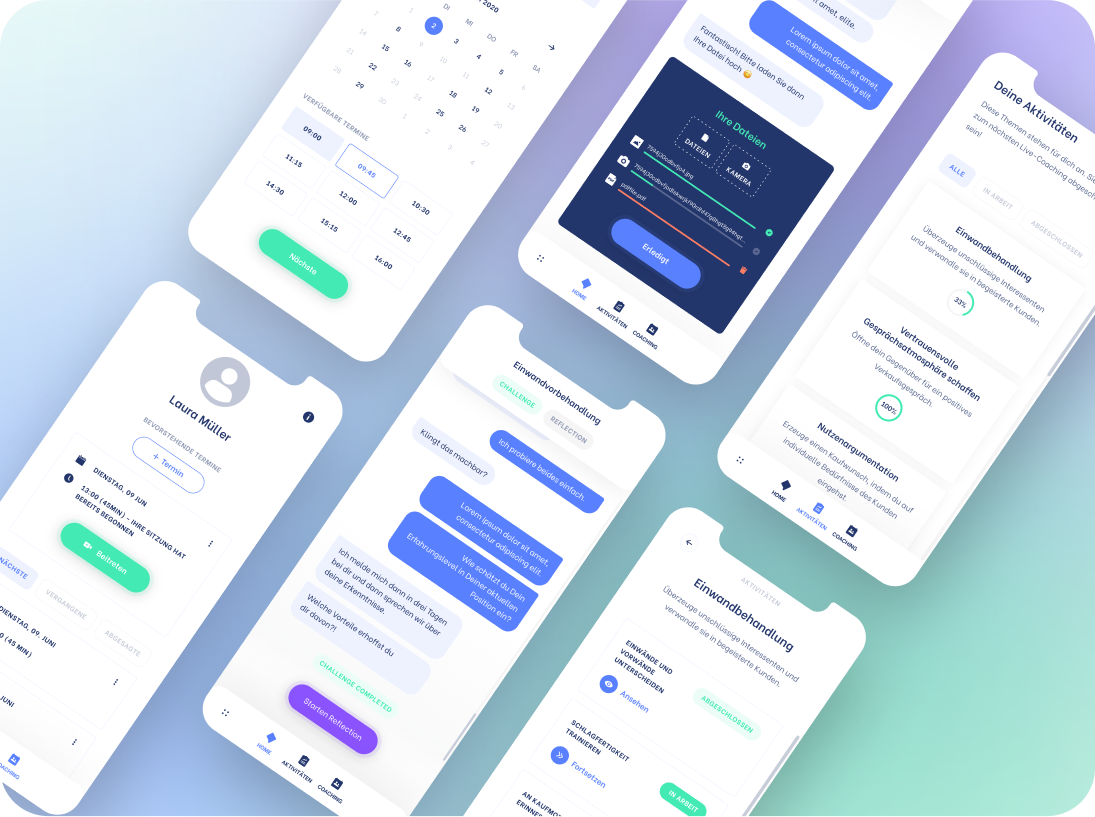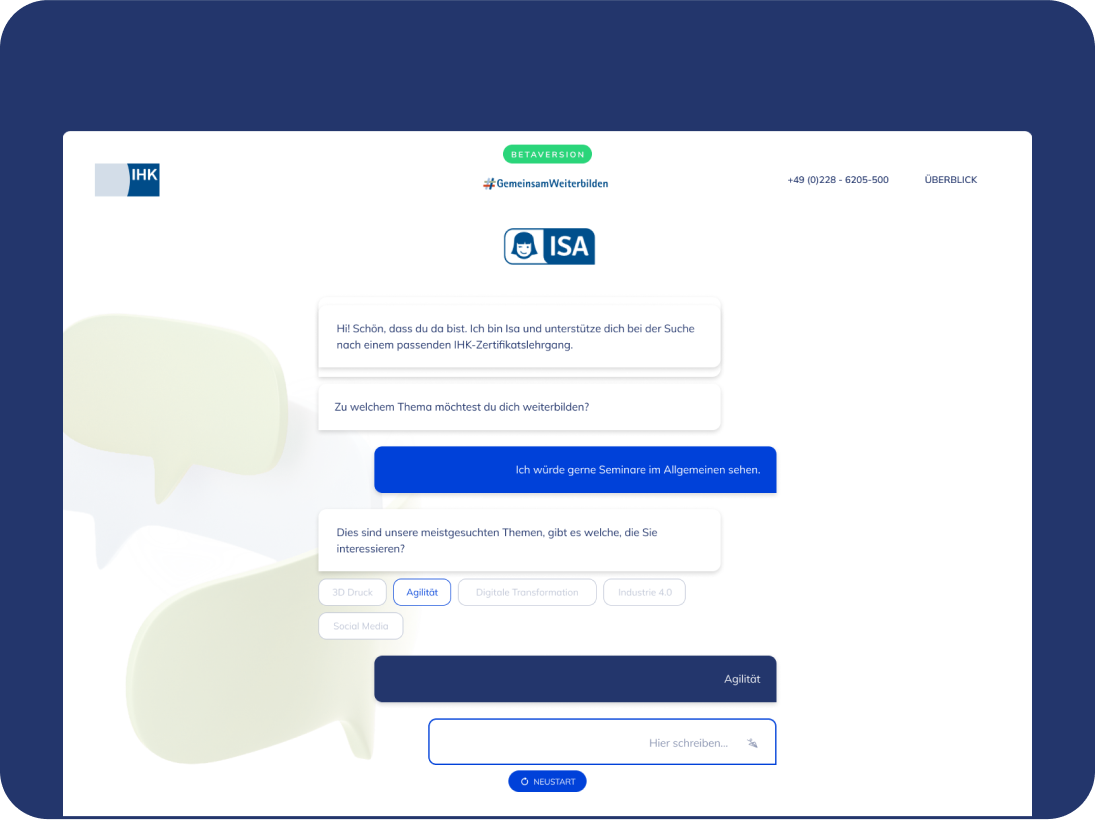EduApes Digital Education Management
B2C—PWA WEB APP
EduApes is an accelerating education vision-based platform – with the goal of enabling professional educators to implement, create and share training courses and seminars more easily through a digital platform database.
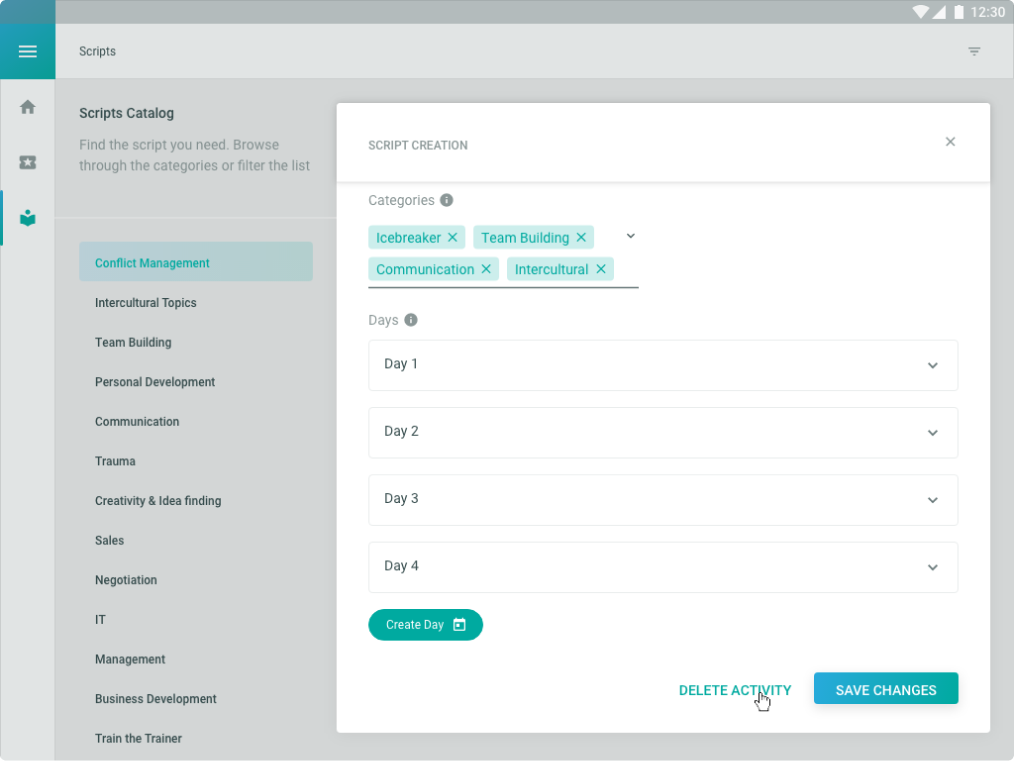
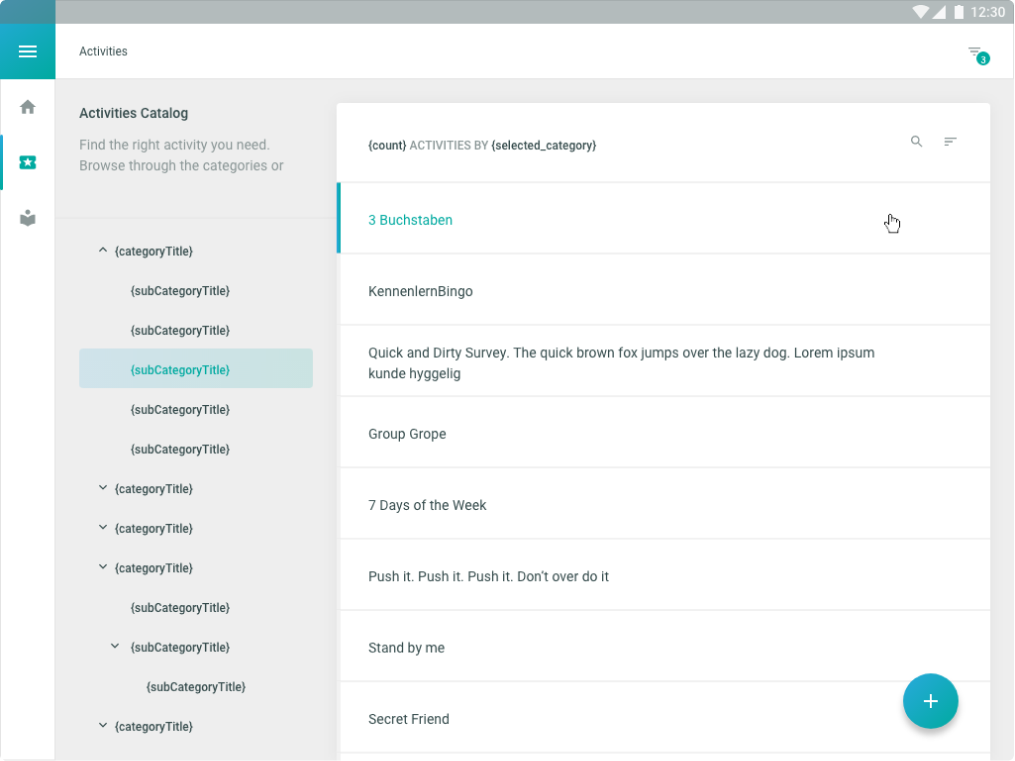
Overview
Mid-2018, a client reached out to the company I was working for at the time with the challenge of creating a product focused on helping german-based Lecturers and Educators search, create and manage seminar scripts in a unified and customised platform.
Timeline
Jul 2018—End of Oct 2018
Role
Responsible for the end-to-end design of the MVP Beta Version and product owner leading a team of 2 junior developers
Team
1 Scrum Master, 2 Junior Software Developers at Evodeck Software Uni.
The design for the project began being developed by a university student in Germany, whom the client was collaborating with, but to be able to switch the project from PoC into an MVP, a team of developers was required to build the product.
Initially, my main role for this project was to lead as the Project Manager and provide UX Consultancy. However, because of the time-constraints and to be able to facilitate a quicker process, we agreed on having me fully join the team for the whole UI/UX development process as well. This, resulted in me being heavily involved in:
- Creating the Project-Outcome Proposal (including features break-down and estimations);
- Coordinate and collaborate in client brief meetings, lead sprint reviews and create sprint reports;
- Manage and lead the team following an agile environment by creating user-stories, tasks and assigments for the team;
- Iterate strategic design solutions for better user-experience decisions related to the features and functionalities of the product;
- Create all new designs (high-fidelity mockups).
Challenge
Digitising solutions more and more {march 2021 update: now more than ever} are starting to sound like the future, but the client’s budget was fairly limited and could not cover a bespoke solution development; therefore, we had to find a more affordable but efficient way to create and offer a minimal viable product.
Solution Offer
Re-design and optimise the user-experience of the clients previous login, dashboard and management screens. Re-define and iterate the initial brain-stormed ideas to create a better experience in support of the clients vision for this Minimal Viable Product.
Research Analysis
I began by performing a complete audit to the design drafts the client provided.
Overall, I identified some unintuitive and difficult to understand elements, like the neglect of error or valid input fields on the login, as well as missing privacy policy and data protection information. An overcomplicated screen navigation system with three levels of drawers and misleading duplicated features; among others.
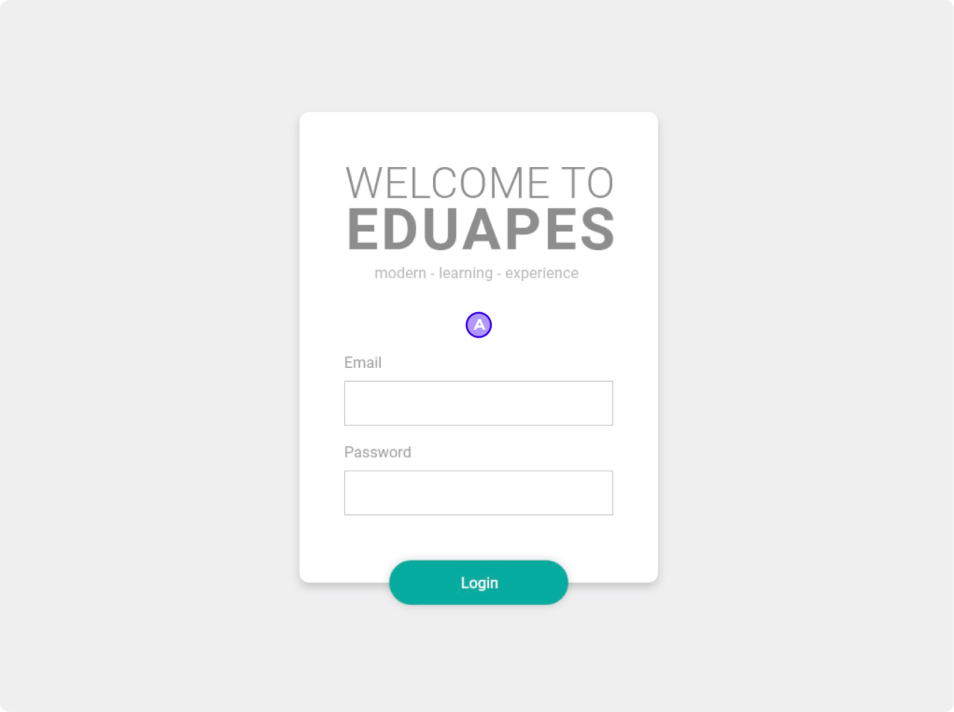
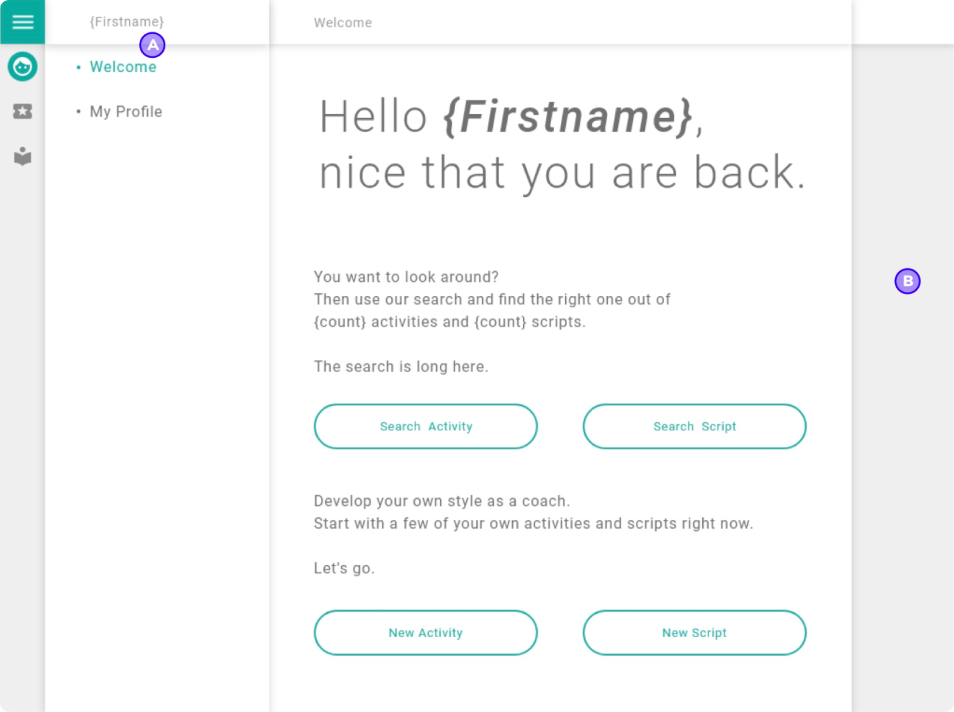
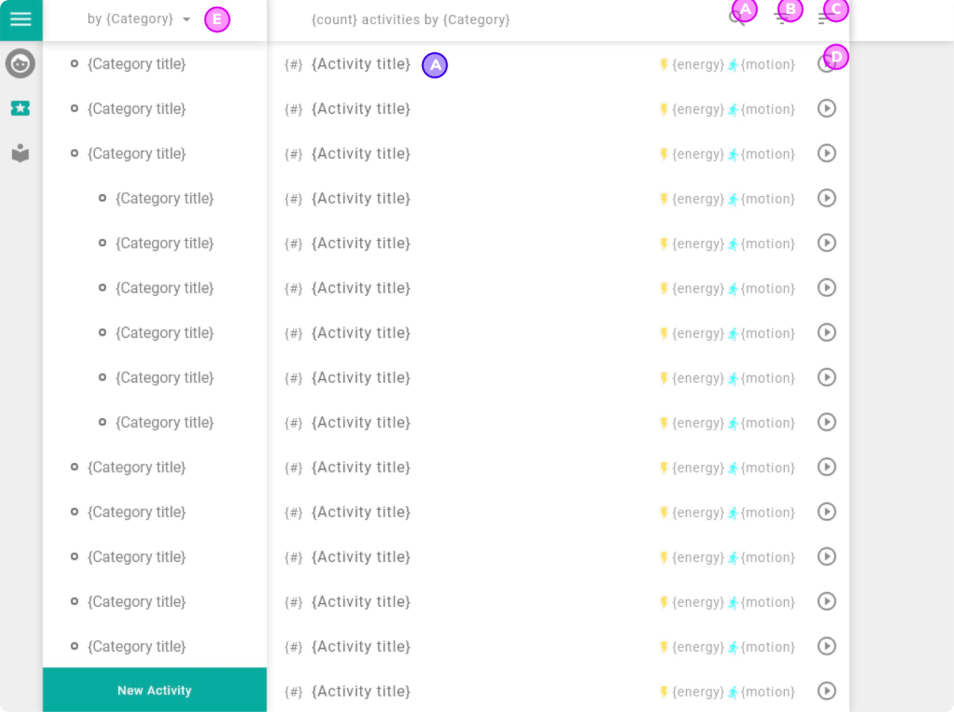
Wireframes
I proceeded then to draft a very basic information architecture map, which enabled me to create feature story maps for a clearer vision of the product’s technical outputs in terms of feature needs.
Once the information was organised, I was able to do some very basic wireframes, outlining the new solution for the client.
The client was happy with the new solution presented and gave us the go-ahead to move forward with the development of the projects. I started by planning out the project’s roadmap, sprint’s timeline, user-story creations and task break-downs with the rest of the necessary team members involved, before moving on to my own tasks for the user-interface design.

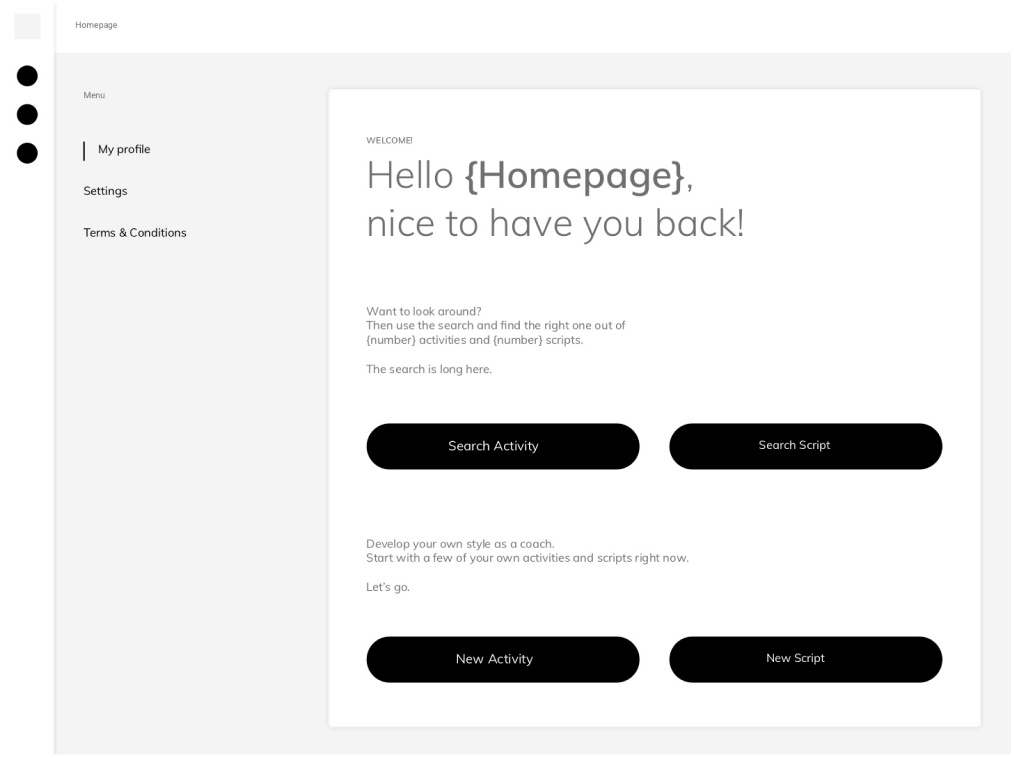
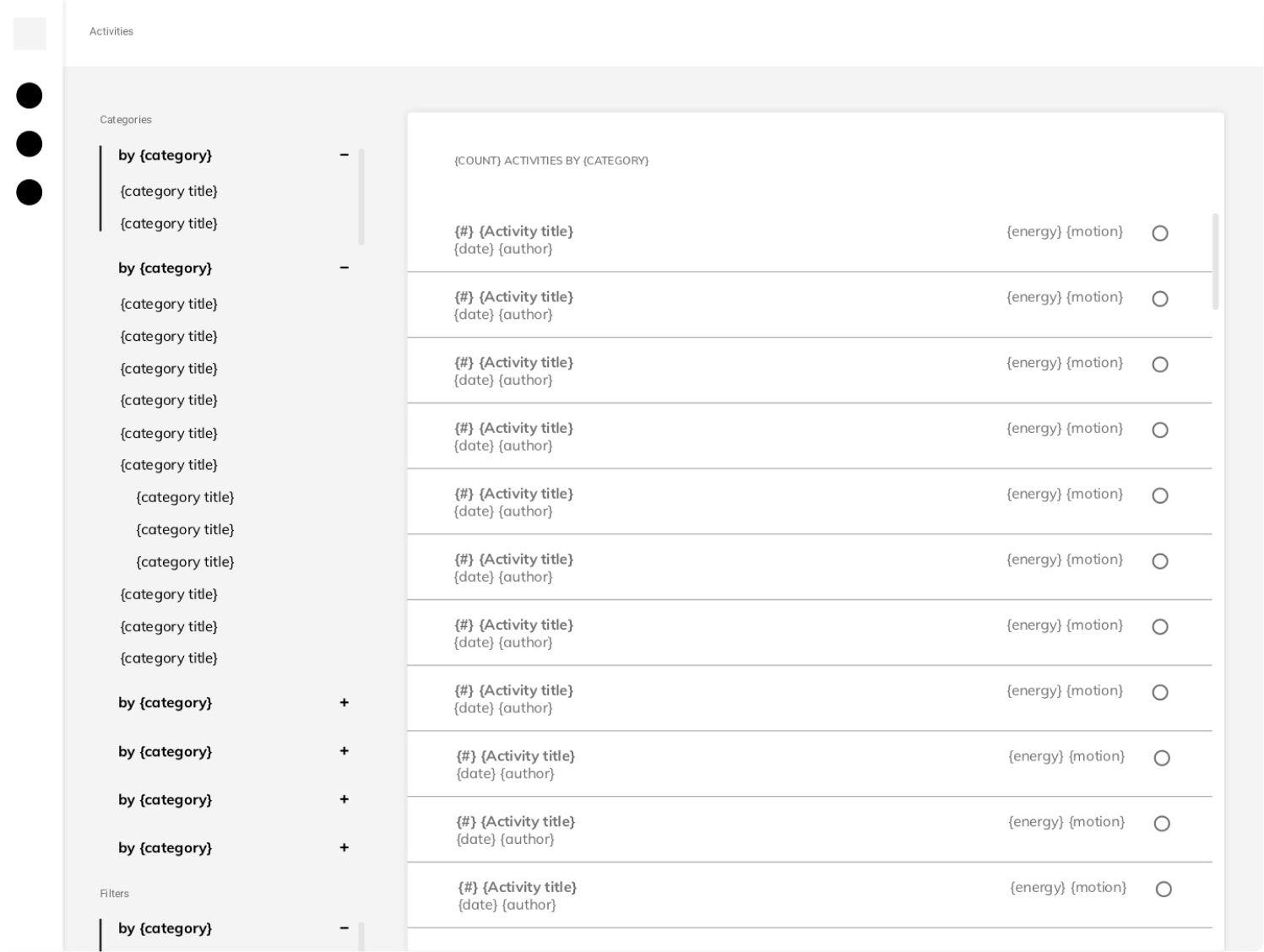
The client was happy with the new solution presented and gave us the go-ahead to move forward with the development of the projects. I started by planning out the project’s roadmap, sprint’s timeline, user-story creations and task break-downs with the rest of the necessary team members involved, before moving on to my own tasks for the user-interface design.
Design Iterations
In this phase, I redesigned the current dashboard, welcome and activities page, updating the previous designs and designed the new scripts feature, while fixing some overcomplicated issues we had found in the research phase. To avoid any more of these constraints, regular sprint planning and reviews took place with the client and the developers team to make sure everyone was aware of the intended purposes and outcomes.
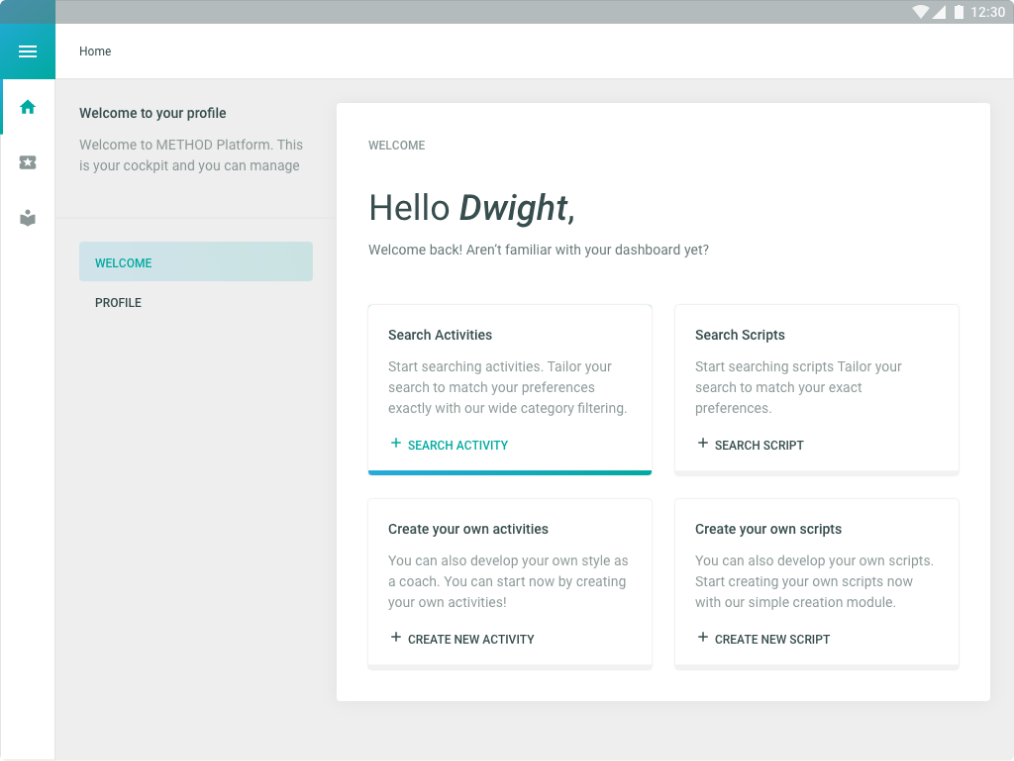
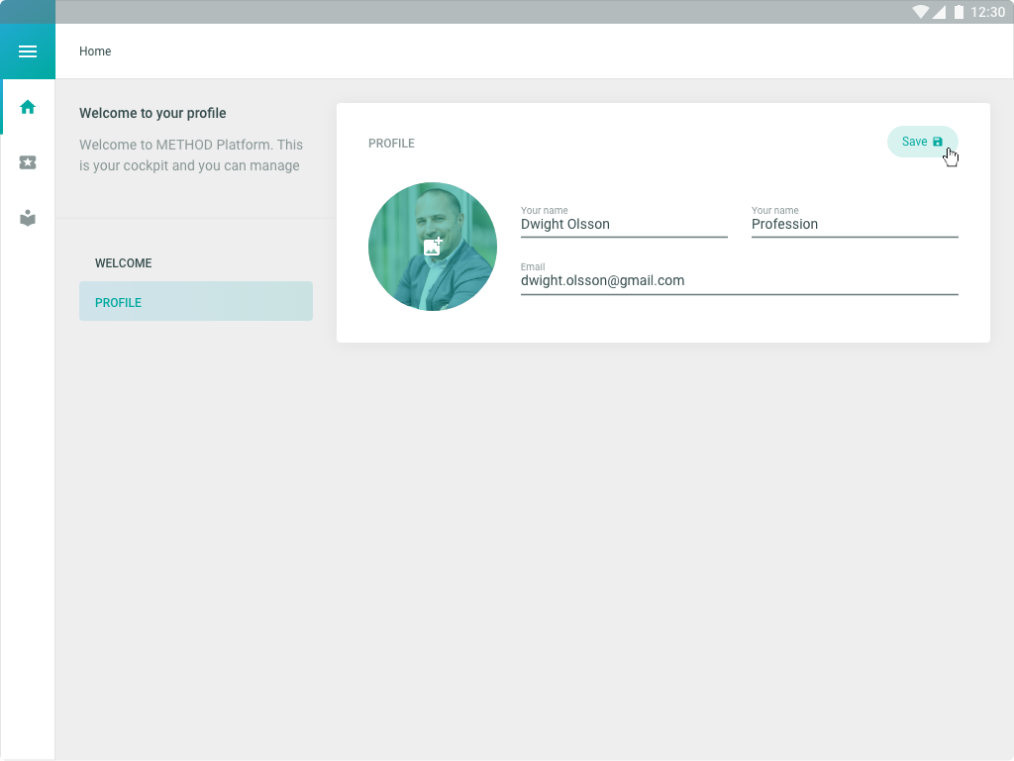
Final Designs
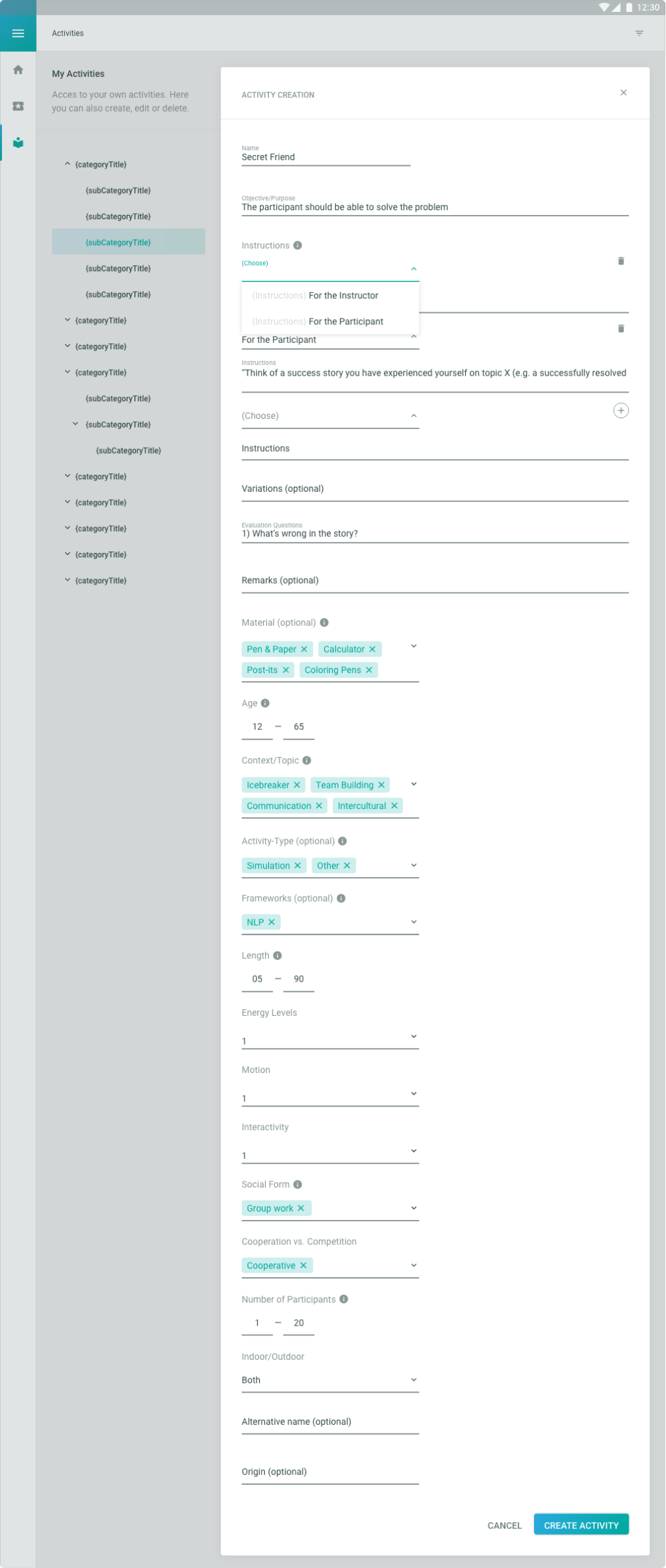
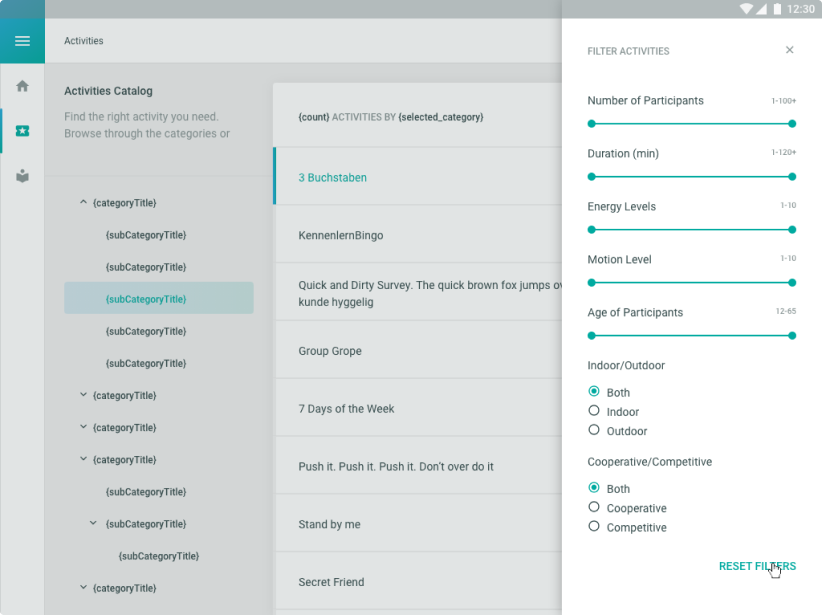
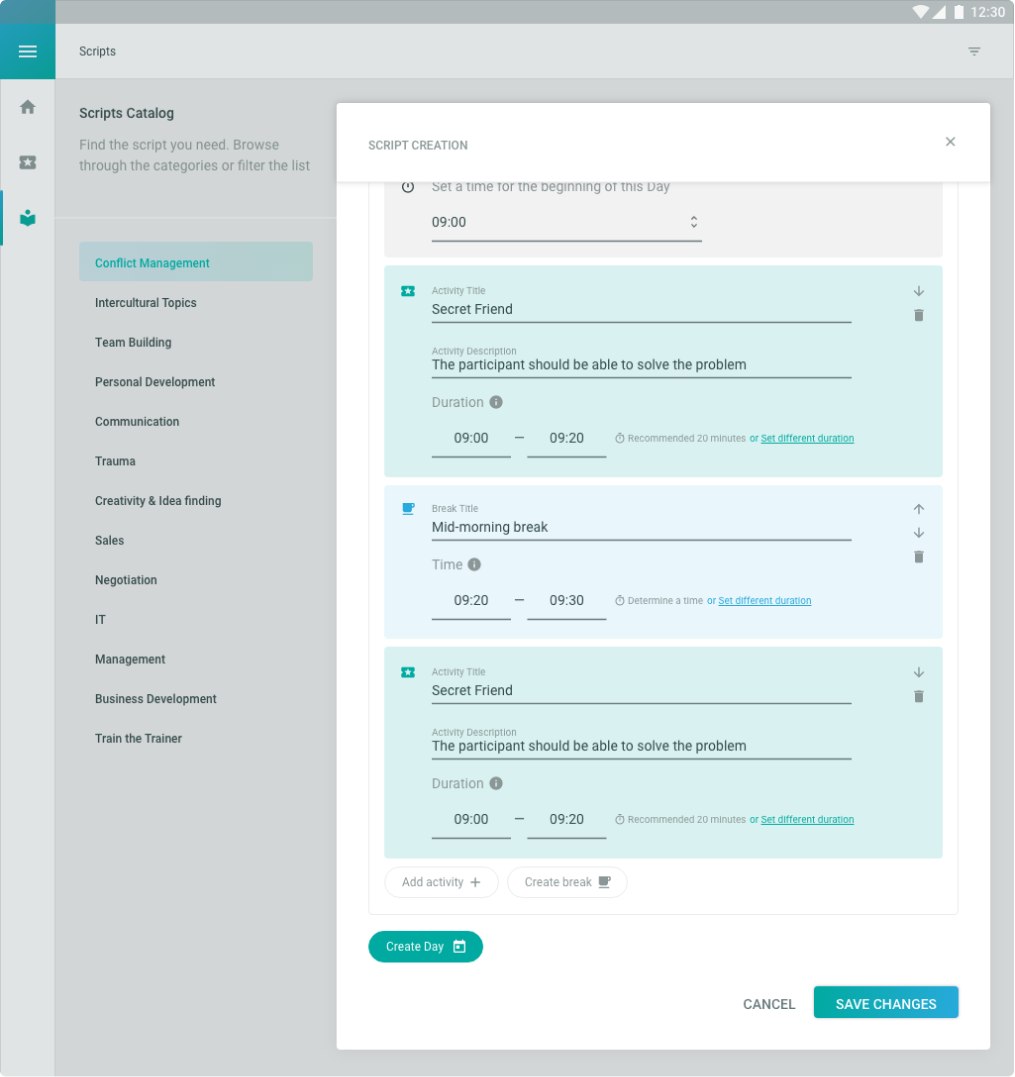
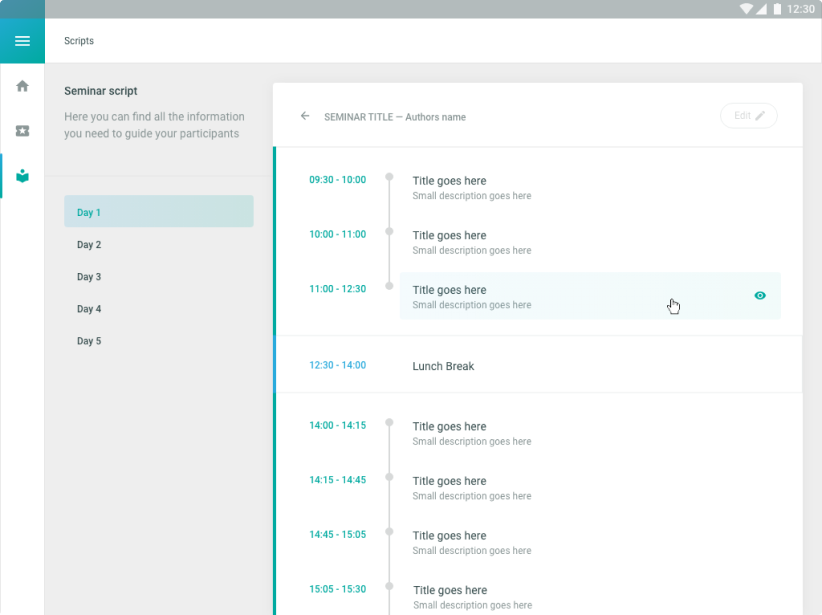
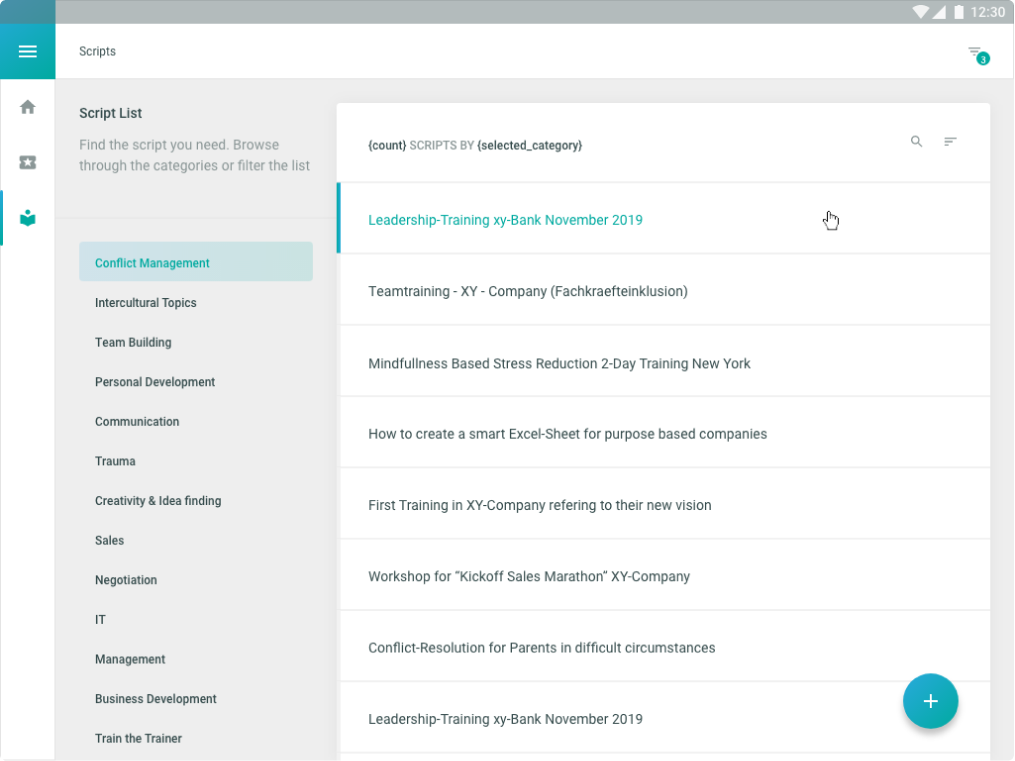
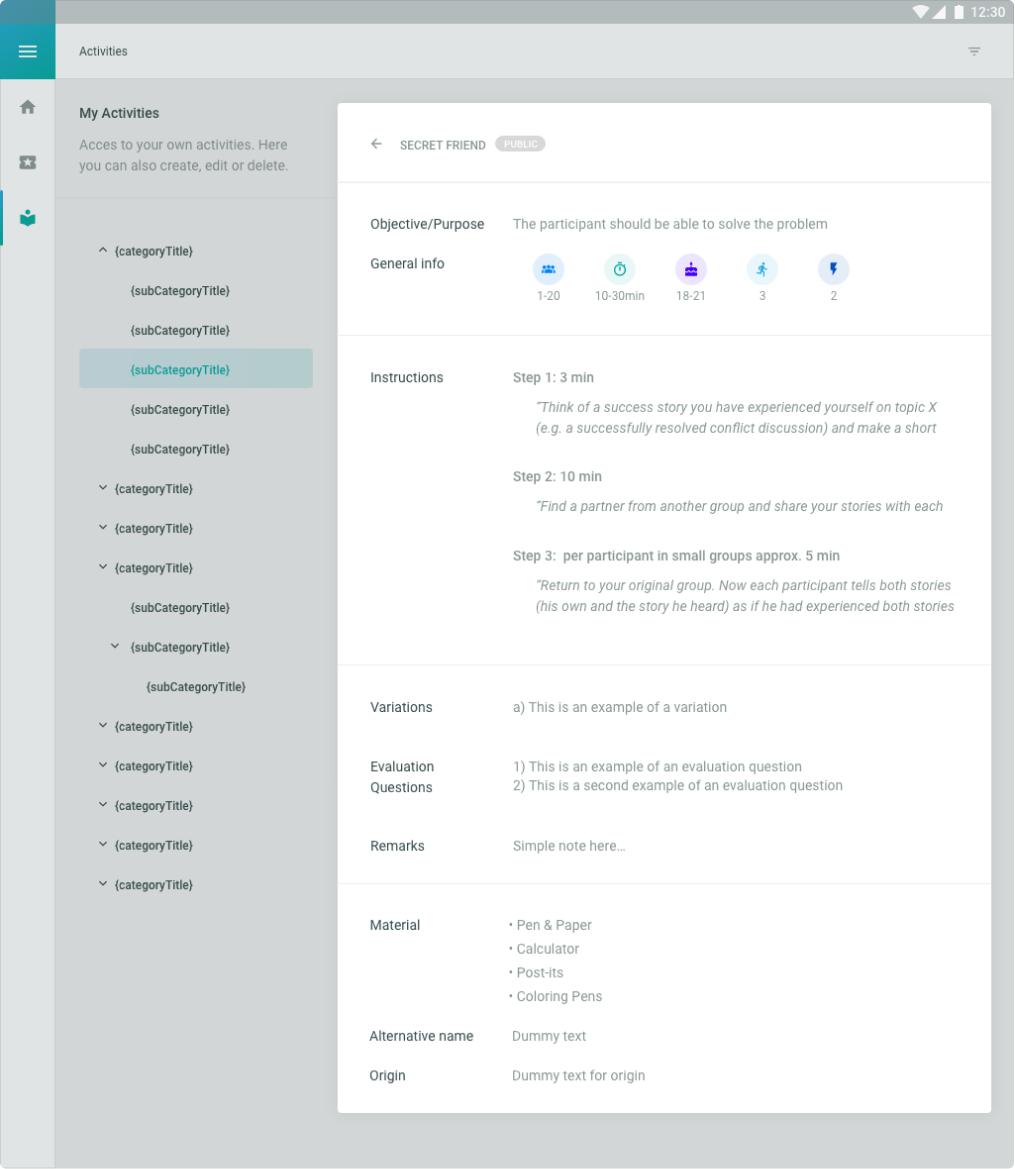
Outcome
You can find more information about EduApes at https://eduapes.com/ueber-uns, although in March 2021 the project was discontinued, it has now been picked up again by the team at AI Coaching.
Overall, I achieved the expected technical outputs and overall goal outcome for this project.
Learnings
Despite the final product being discontinued, I managed to learn, apply and gain skills on project management, team leadership and client interactions.
I was able to apply my research, consulting, design and organisational skills developed throughout my previous work experiences, which gave me valuable experience working with a client not just from a “behind-the-scenes” perspective as a UI/UX designer, but more importantly, the project helped me grow my confidence as a professional.

Mais Amor Por favor

